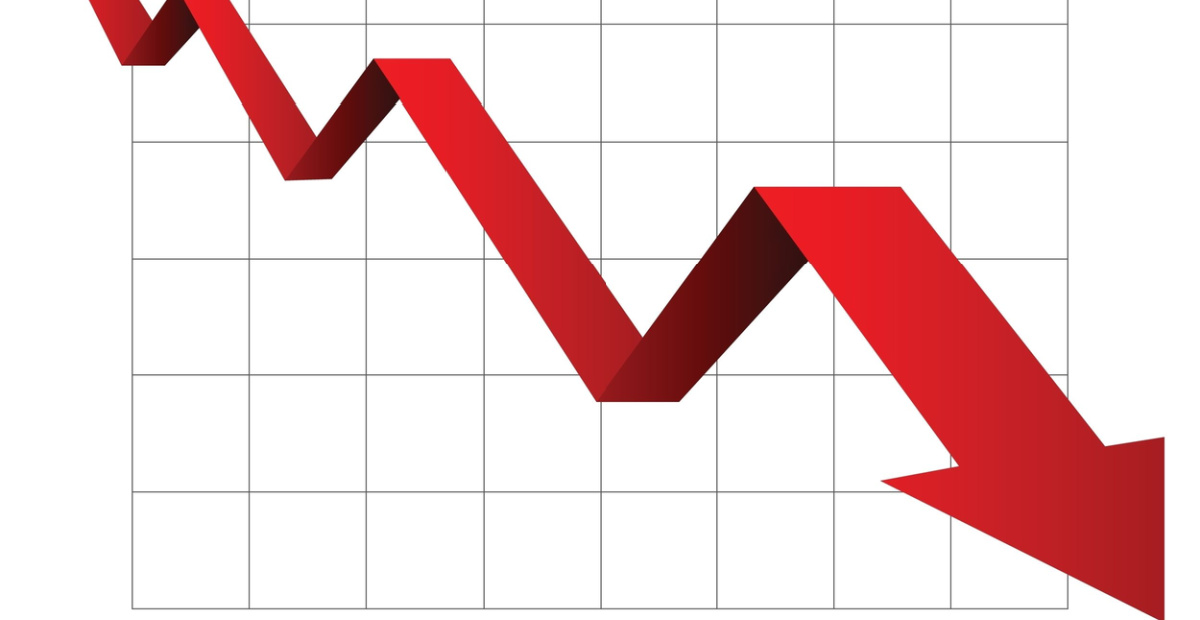Institutional investors continue gloomy outlook

State Street Global Markets’ Institutional Investor Indicators for October revealed investors continue to take a more defensive approach to their portfolios.
The first component of the Institutional Investor Indicators, the State Street Risk Appetite index, dropped to -0.55 from -0.18, highlighting the rate at which long-term institutional investors have reduced their risk across asset classes in October.
“Investor behaviour was unequivocally risk averse in October. Investors were already defensive before the outbreak of war in the Middle East but have become more so since,” Michael Metcalfe, Head of Macro Strategy at State Street Global Markets, said.
“We observed risk reducing flows across equity, bond, FX and commodities in each week of the month. Of the twenty-two-factors that make up our Risk Appetite Index, a net balance of minus 12 (or 55%) showed investors reducing their risk exposures.
“This matches the low for risk appetite seen so far this year.”
However, Metcalfe highlighted a more optimistic outlook for November in equity markets.
“But we worry that markets risk making a similar mistake to earlier in the year by becoming overly hopeful on the prospects for interest rate cuts against what is still a difficult macro and geopolitical backdrop.”
The State Street Holdings indicators, the second component of the Institutional Investor Indicators, saw allocations to cash increase to 21.1 per cent, fixed income drop by 0.2 per cent to 28.3 per cent and equity fall by 0.6 per cent to 50.5 per cent.
“Cash holdings have now risen more than 6% since their low in March 2022, including a near 1% rise in October,” Metcalfe said.
“Although cash holdings are now unusually high, they remain significantly below prior crises peaks seen during the pandemic, the Great Financial Crisis and the Dot.com bust.
“Equity holdings in particular still look vulnerable to a further leakage to cash as they remain above their historical average even if they are at 29-month low.”











Mr Molino was never the member for Fraser in the ACT. The seat was renamed Fenner for the 2016 election…
Govts disastrous failures. 20 years of morons in Canberra and look at the results. Housing & Fin Advice two very…
The PHD in economics is the scariest. How many academics actually understand the real world
Money is leaving at a slower rate with this being considered by AMP management as a positive. Australia's Money Pit…
"Our recently launched digital advice solution for AMP Super members is providing simple, intuitive retirement advice at no extra cost.”…